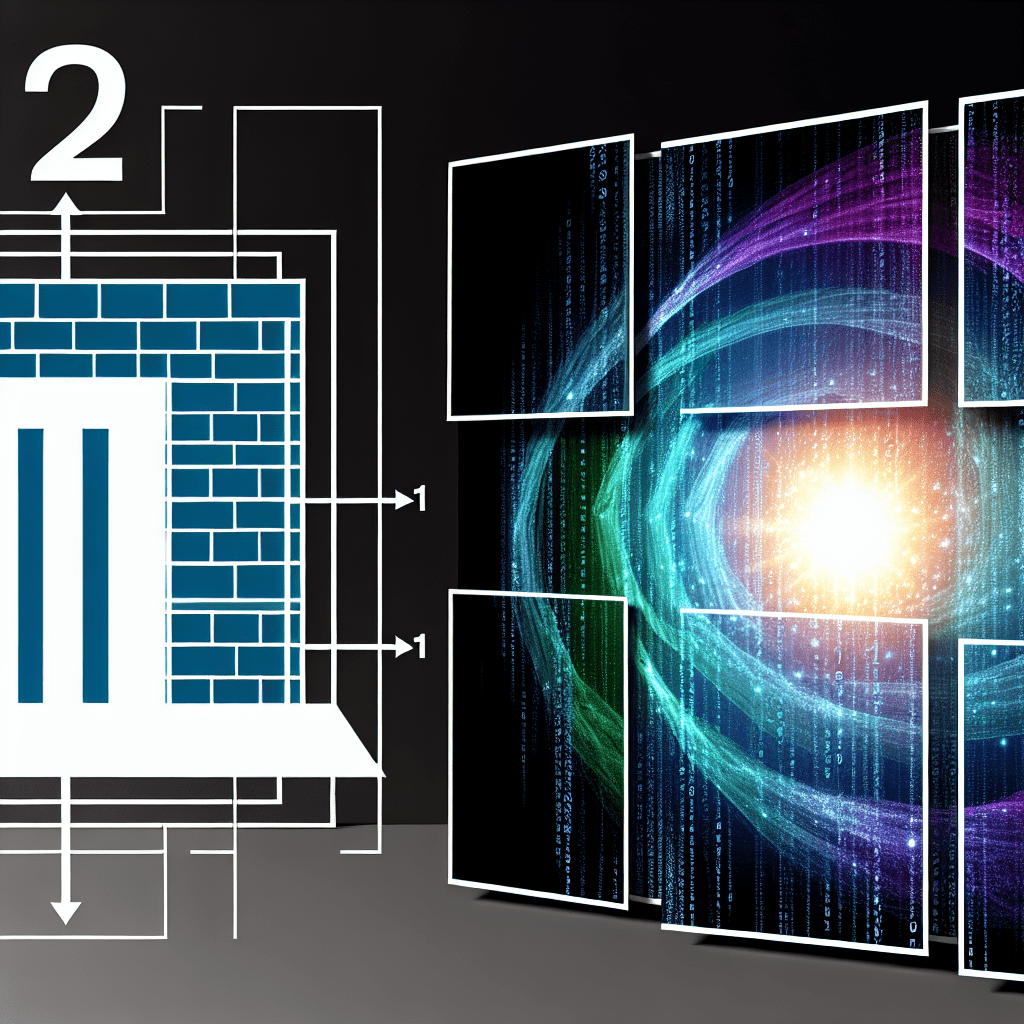Gate has officially launched Gate Layer, a high-performance Layer-2 network capable of handling over 5,700 TPS. This network is constructed on the OP Stack and integrated with LayerZero for cross-chain connectivity.
Gate highlighted that its real distinction lies not just in speed and low transaction costs but also in providing instant liquidity alongside a pre-existing user base. They also noted the necessity of offering practical DeFi products. Moreover, the enhanced tokenomics mechanism redefines GT not just as an exchange token but positions it as the evolving “fuel” for Gate’s Web3 ecosystem.
Competitive Pressures
Major players have launched their own Layer-2 (L2) solutions—like Coinbase’s Base, Binance’s opBNB, and Kraken’s Ink—making the launch of Gate Layer a pivotal moment in Gate’s Web3 infrastructure strategy. According to the announcement, Gate Layer is built on the OP Stack and is fully EVM-compatible, showcasing impressive performance benchmarks: over 5,700 transactions per second (TPS), 1-second block times, and approximately $30 per million transactions.

However, what sets Gate’s L2 apart is not solely its technical metrics—even if, as they claim, these are “the most competitive metrics in the space.” Unlike Base or opBNB, Gate Layer merges performance with purposeful utility, providing a true differentiator in the Layer-2 arena.
Specifically, Gate Layer transcends raw throughput by enhancing cross-chain connectivity via LayerZero. This functionality enables developers to deploy applications once and extend their reach to users across Ethereum, BSC, Polygon, and beyond. With the advantages of being affiliated with a major exchange, Gate Layer can furnish developers with instant liquidity. The diverse offerings like Perps DEX, Gate Fun, and Meme Go further bolster this.
“That blend of speed, cost, and real adoption channels is where we think we can stand apart,” Dr. Han Lin, CEO of Gate, told BeInCrypto.
GT Token: From Exchange Token to Web3 Ecosystem Fuel
With the introduction of its new L2, Gate also announced a comprehensive enhancement of the tokenomics for GT (Gate token). GT will now function as the exclusive gas token for Gate Layer. It will maintain its dual-burn model, which combines scheduled buybacks and burns with on-chain burns.
Lin informed BeInCrypto that over 180 million GT have been burned, representing 60.18% of the original supply. This is viewed as one of the most substantial deflationary reductions in the industry.
Generally, token burns decrease supply to create scarcity. As GT finds increased use within the Gate ecosystem (boosting demand), this dynamic might positively affect its price. However, if scarcity were the only focus, GT would lack the sustainability needed for enduring value.
According to Gate’s representatives, this extensive tokenomics upgrade marks an evolution—transforming GT from a “CEX token” into a cornerstone of a broader Web3 ecosystem.
“Our goal is to make GT indispensable: powering transactions, incentivizing developers, and ultimately securing the network through staking,” Gate said to BeInCrypto.
The launch of Gate Layer and the reimagining of GT tokenomics emphasize Gate’s long-term vision: steering away from a singular focus on exchange operations to cultivating sustainable value through infrastructure. In the intensively competitive L2 arena, Gate’s advantage lies in its technology, coupled with high performance, multi-chain connectivity, and an established user ecosystem.
Should Perps DEX, Meme Go, and GateSwap drive liquidity and traffic, GT will undoubtedly experience clear on-chain demand. Nonetheless, existing risks persist, including competitive pressure from Base and opBNB (some L2s already boast large developer communities), alongside smart-contract security vulnerabilities that may arise with the introduction of new products.
The post Gate Layer: A Strategic Leap in the Layer-2 Race and New Value for the GT Token appeared first on BeInCrypto.

